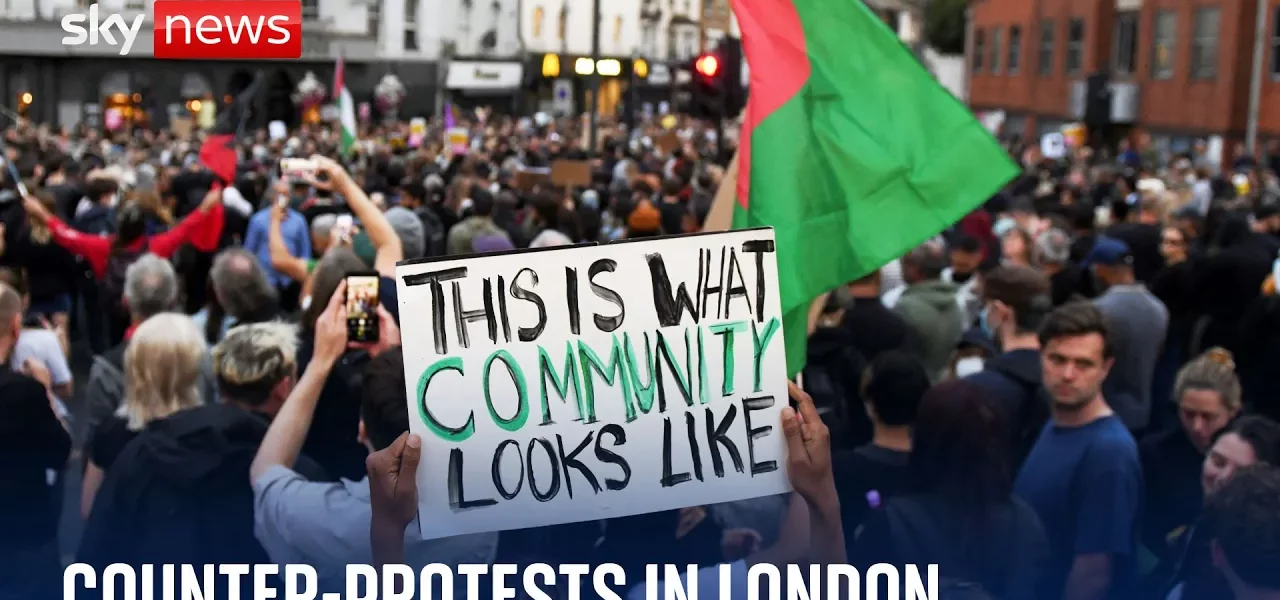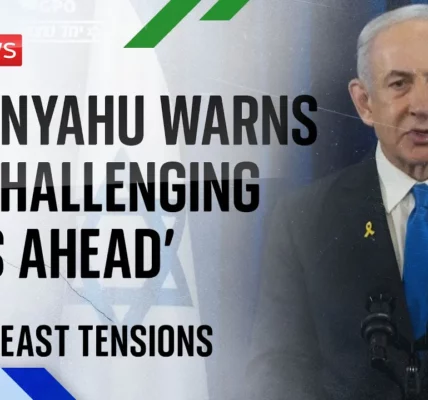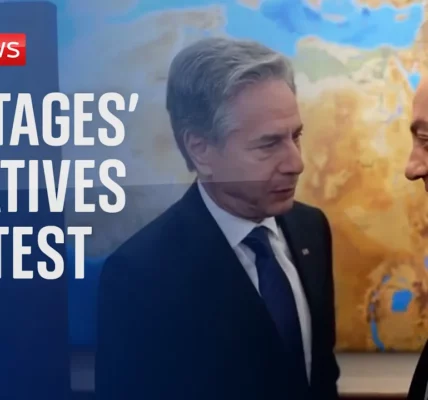Westminster Protests: Government Response and Community Impact

The recent protests in Westminster have sparked widespread discussions regarding public safety, government policy, and community concerns. This article delves into the events of the evening, the government’s response, and the potential implications for future protests and public demonstrations across the country.
Introduction
The evening of the recent protests in Westminster unfolded with a sense of cautious relief as reports indicate that the demonstrations passed largely without incident. This article aims to provide an in-depth analysis of the various aspects surrounding the protests, including the government’s policing strategies, public reactions, and the underlying causes of unrest. With a backdrop of heightened tension and the potential for violence, the government’s approach and community response play critical roles in shaping the narrative of these events.
Government Response to Protests
The government’s response to the protests has been multi-faceted, aiming to balance public safety with the right to peaceful demonstration. Key components of this response include:
- Deployment of Police Forces: The government mobilized 6,000 specialist public order police officers across various regions, highlighting the seriousness with which authorities approached the potential for unrest.
- Emergency Measures: Over 500 extra prison places were made available for quick convictions and sentencing, showcasing a proactive stance towards any potential criminal activity during the protests.
- Statements from Officials: Home Secretary Yvette Cooper publicly thanked police officers for their efforts and emphasized the importance of protecting local communities.
Public Safety and Community Concerns
While the absence of significant violence during the protests brings a sense of relief to the government, it raises questions about community safety and the underlying issues prompting these demonstrations. Key points include:
Relief Amidst Tension
Despite the peaceful outcome, there is an underlying tension regarding the reasons for the protests. The government has faced criticism for potentially overreacting, leading to early business closures and premature evacuation of workplaces. However, officials maintain that their priority was to ensure community safety.
Underlying Causes of Protests
Many protesters voiced legitimate concerns regarding immigration policies, societal inequality, and public safety. The government’s response has primarily categorized these protests as criminal acts, which has prompted discussions about a need for addressing the root causes of unrest:
- Understanding community grievances
- Creating policies that address social inequality
- Engaging in dialogue with community leaders
Future Implications for Protests
With the immediate threat of violence appearing to have subsided, the question remains: what lies ahead for public demonstrations in Westminster and beyond? Several considerations are crucial:
Potential for Recurrence
Experts, such as crime correspondents, warn that protests may resurface, particularly during weekends or other significant dates. Continuous monitoring of community sentiment is essential to prevent future unrest.
Government’s Stance on Future Demonstrations
The government’s firm stance against violence emphasizes the need for peaceful protests. However, this position may also stifle necessary discussions about the underlying societal issues. Policymakers are urged to consider:
- The impact of shutting down protests on public discourse
- Strategies to facilitate safe and constructive demonstrations
- The importance of community engagement in policy formation
Conclusion
In summary, the recent protests in Westminster highlight significant tensions between community concerns and government responses. The peaceful outcome of the protests offers a moment of relief, but it also underscores the need for a deeper investigation into the causes of civil unrest. As discussions continue regarding immigration and public safety, it is crucial for the government to engage with community voices, fostering dialogue that addresses both grievances and aspirations. For further insights into community safety and government policies, please explore our related articles on public safety measures and social justice initiatives.
“`




